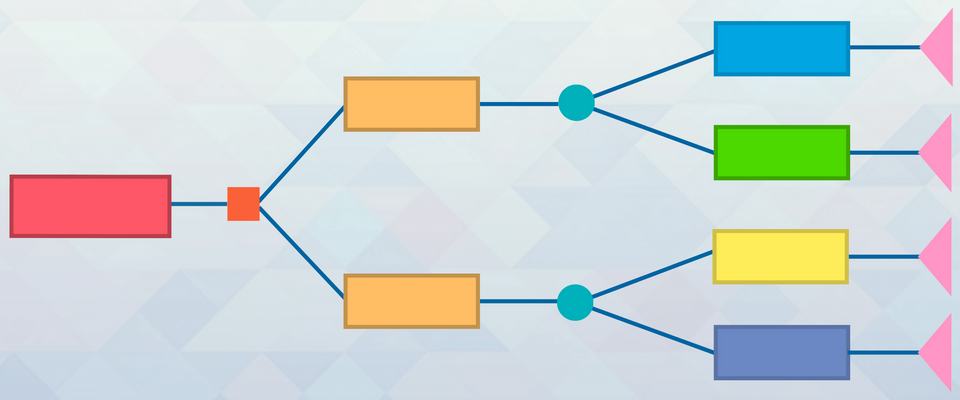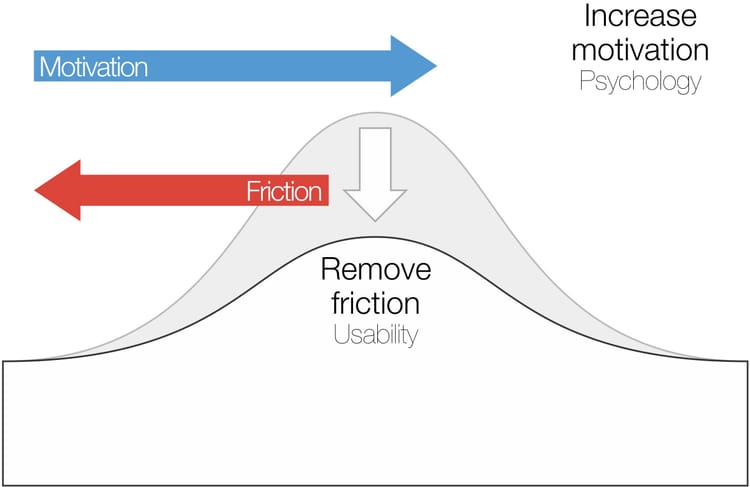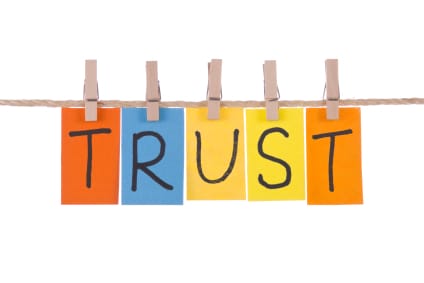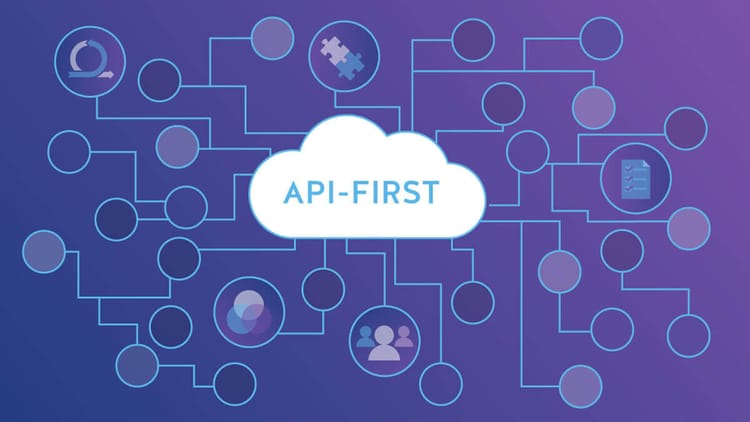Partnership Tools: Strategy Trees

Much of the work that Partnerships teams need to do is strategic in some way.
Who should we partner with? Who should we NOT partner with? What does winning look like? What does it mean to have a healthy ecosystem? These are all questions that need to be considered strategically and it can be helpful to have frameworks to aid in making these decisions.
A future blog will cover how to CREATE your Partner strategy. Today I will cover how to MANAGE and COMMUNICATE your strategy.
What is a Strategy Tree?
A Strategy Tree is a way to lay out and define your strategic plan.
It can be used to guide your strategy formation, communicate the plan to your team or stakeholders and as a way to report on progress against your overall goals.

A Strategy Tree typically has the below components:
- Vision / North Star / BHAG
What are you ultimately trying to achieve via your ecosystem?
It may help here to note your company BHAG + the vision that partnerships has to support that.
Example:
- Company Vision: Be in the top 3 SaaS tools for category X
- Partnership Vision: Create integrations for the top 50 most requested tools in this category - Strategic Objectives
What are the big things you need to achieve? These are the broad areas that need to be improved and worked on to make your vision a reality.
Examples:
- Displace competitor X in this category
- Build or buy a challenger product
- Launch new developer platform - Goals / KPIs
These are the targets you want to achieve. You can use SMART goals here.
Examples:
- Have 500 new developers join your ecosystem
- Generate $500k in new sales via partner apps - Tasks / Projects
These are the things that need to be done to hit your KPIs and make your strategy a reality.
Value of creating a Strategy Tree
There are several benefits derived from using a Strategy Tree in your planning process:
- You end-up with a visual, which can help communicate your strategy to stakeholders
- Teams who are involved in the day-to-day work, can easily see how their work ladders back to high-level goals
- The process itself is a great forcing function for teams to spar and brainstorm, and choose the right set of projects to hit goals
“Strategy is figuring out what not to do.” ― Steve Jobs
If you found this useful, please share it. 🙏




